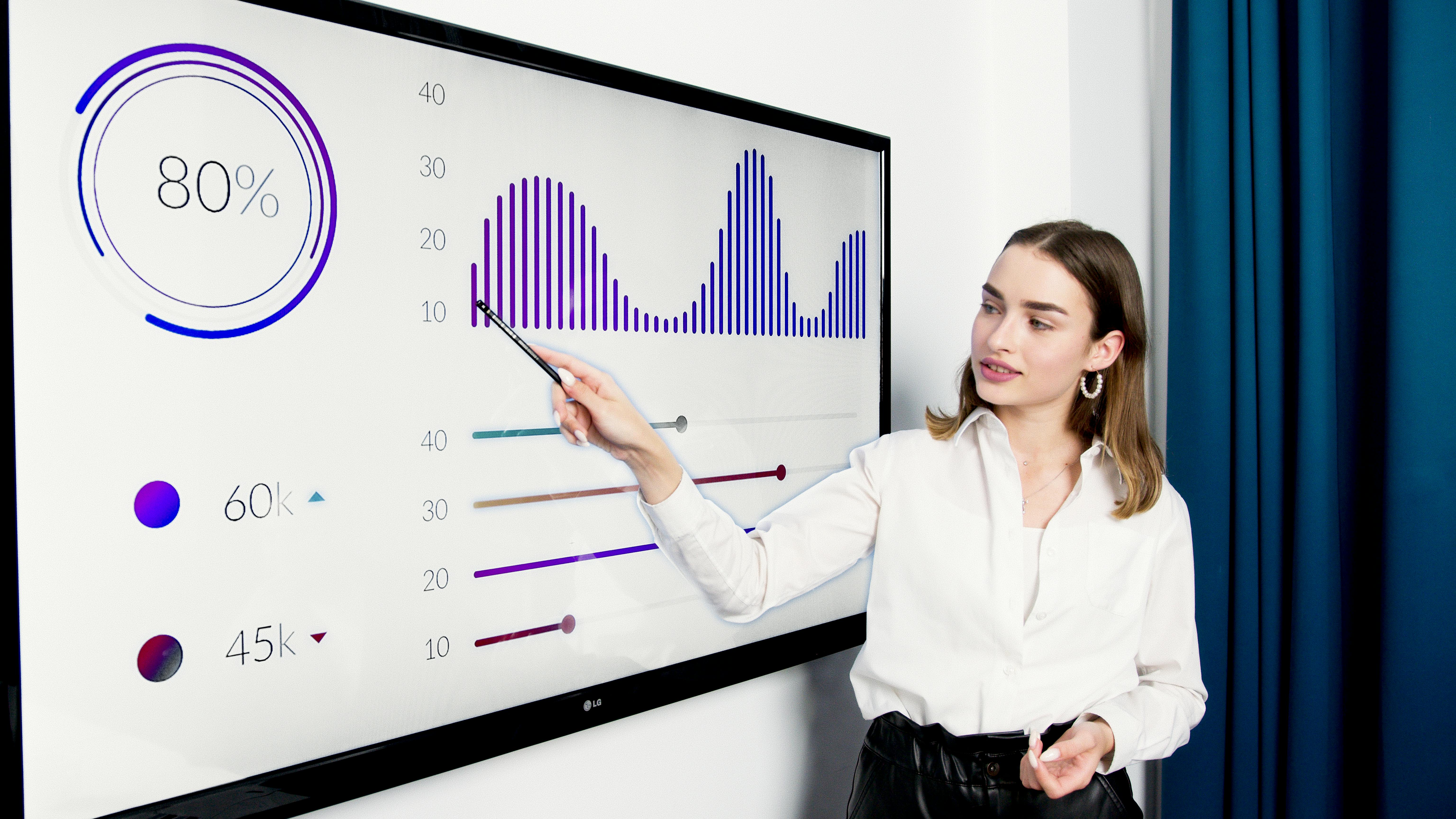How To: Use an LCD Projector
A teacher I spoke with recently said he would be very willing to trade one of his four classroom computers for an LCD projector; a school I visited in New Jersey last year has a ceiling-mounted LCD projector in every classroom, and teachers uniformly said it transformed the way they teach. What is it about LCD projectors that elicits such enthusiasm?
An LCD projector connects to a computer (laptop or desktop), allowing the computer's screen to be viewed by the entire class. Additionally, many can be connected directly to VCRs, DVD players, and even some PDAs.
In short, an LCD projector brings the world to the class. Show multimedia presentations, streaming or downloaded videos — anything that can appear on your computer screen can be projected with an LCD projector.
Cost
What used to be a big-ticket item has fallen dramatically. I have met several teachers who have even purchased their own projectors so they didn't have to compete for the few in their schools. A low-end LCD projector can be purchased for about $600-$700; on the upper end, you might spend thousands of dollars. A big difference between low-end and high-end projectors is the number of lumens — the brightness — of the projector.
A lot of lumens can mean better viewing in a brightly lit room. Low-end products may require that you lower the shades. Other differences would include lamp life (lamps are expensive to replace) and screen resolution.
Classroom Uses
Tools and ideas to transform education. Sign up below.
Modeling. Are you teaching how to use a specific program or how to solve a quadratic equation? Show your students how by using an LCD projector. The entire class can see how you import a graphic into KidPix; have students come to the computer to try it themselves, with the class watching.
Large group work. Brainstorm that concept map with your class using an LCD projector; everybody can clearly see it and add their ideas and thoughts.
Mark up the screen. Combine an LCD projector with an interactive whiteboard, a tablet PC, or a less expensive drawing tablet (with "inking" capability) to allow you to write on a projected image to highlight sections. Save the projected image along with your onscreen notes to a file to post on your Web site or print out and distribute to students. An interesting example of screen markup I saw was an art teacher who projected an image of famous works of art, then had her students come up and trace over the image to get the feel of what the artist may have felt creating it.
Back to school night. An LCD projector, a computer, and a slide show of classroom snapshots (taken with your digital camera, of course) add up to a pleasant introduction to your annual back to school night presentation.
Jeffrey Branzburg is a contributing editor and regular columnist for Technology & Learning.
